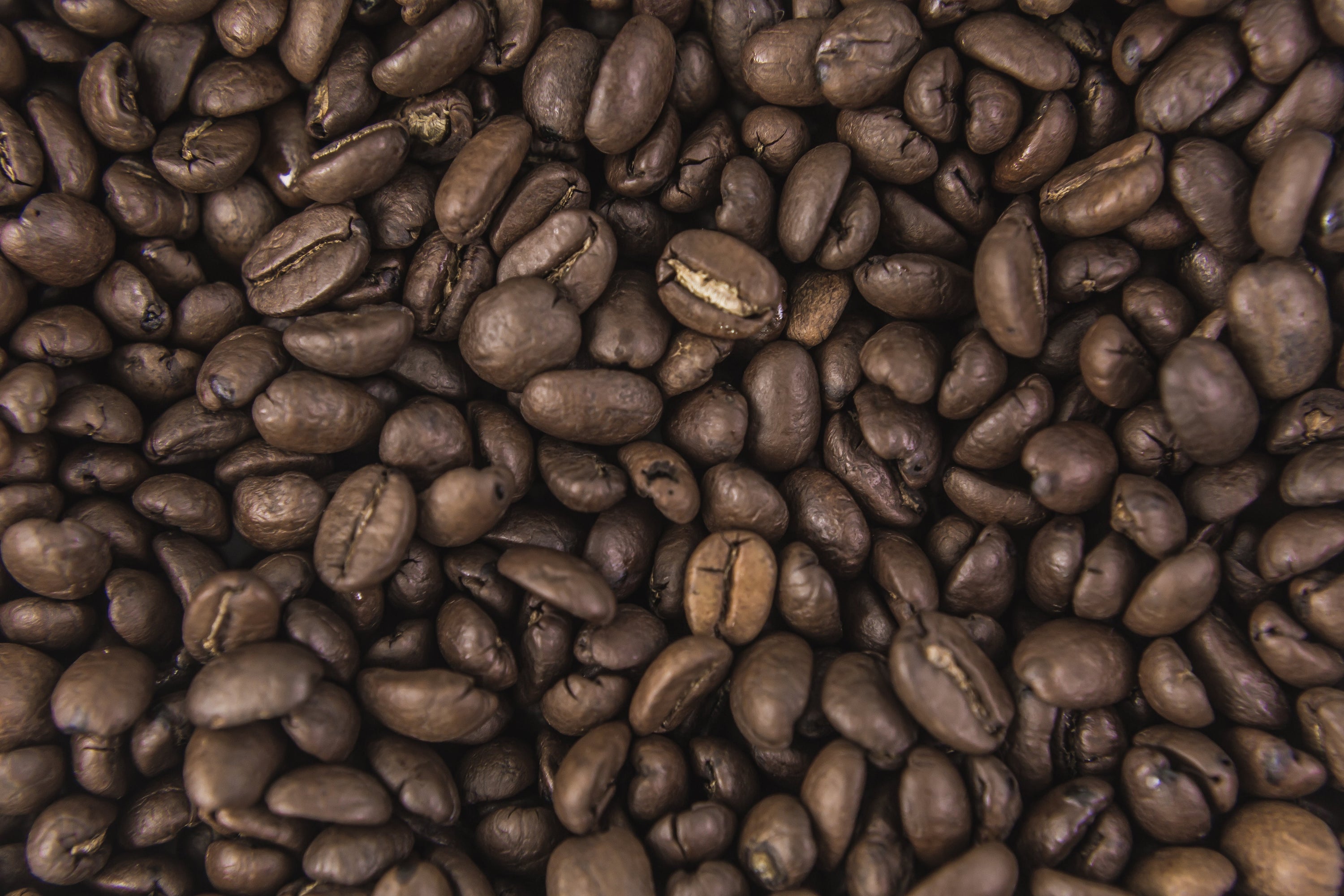
Unlocking the Asset Value of Coffee Ground Waste - A Market Analysis for Sustainable Ventures
by Coffee Analytica Team
·
As sustainability and resource efficiency become core drivers of modern business, previously overlooked resources, such as coffee ground waste, are now recognised as valuable assets. For Coffee Analytica, strategically positioning to transform coffee grounds into sustainable coffee scrub products, understanding the economic potential of this market is critical. This blog evaluates the coffee ground waste market using methods akin to professional asset valuation, exploring market size, waste generation by weight, and presenting a clear value proposition.
The Global Coffee Ground Waste Market - A Quantitative Overview
Waste Generation Per Capita
On average, approximately 11 grams of coffee grounds result from each cup of brewed coffee. In regions with high coffee consumption rates, this quickly accumulates into a significant volume.
Australia Market Potential
In Australia, around 2 billion cups of coffee are consumed annually:
-
Sydney: Approximately 600 million cups annually, generating around 6,600 metric tonnes of coffee grounds.
-
Melbourne: About 500 million cups per year, producing roughly 5,500 metric tonnes.
-
Brisbane: Approximately 250 million cups annually, contributing around 2,750 metric tonnes.
Australia-wide, the total annual coffee grounds waste can exceed 22,000 metric tonnes, highlighting substantial untapped resource potential.
Asia-Pacific Region
In Asia-Pacific, rapid growth in coffee consumption drives significant market expansion:
-
Japan, South Korea, China, and Southeast Asia combined: Generate around 1.5 million metric tonnes of coffee grounds annually, reflecting a rapidly expanding resource base.
European Market
Europe, as a mature coffee market, produces vast volumes of coffee waste:
-
European Union: Approximately 6 million tonnes of coffee ground waste are generated each year, driven by countries like Germany, Italy, France, and the Nordic nations.
North American Market
-
United States and Canada: These countries generate over 2 million tonnes of coffee grounds annually, driven by robust coffee shop culture and high home consumption rates.
Economic Asset Valuation - Coffee Grounds
Cost-Effective Material Source
Investment professionals typically value assets based on supply availability, cost, and potential return. Coffee grounds, currently regarded as waste, present a remarkably low-cost raw material, primarily incurring only collection and transportation costs.
Market Valuation Potential
Valuing coffee grounds as raw materials for sustainable products, such as body scrubs, can be economically compelling:
-
Retail Price of Coffee Scrubs: Typically ranges between AUD 20-30 per 250g product.
-
Raw Material Cost: Negligible raw material cost due to waste nature.
-
Gross Margin Potential: High-margin opportunities exist when efficiently converted into consumer products.
Assuming modest conversion rates, each metric tonne of coffee grounds could produce approximately 4,000 units of retail-ready coffee scrubs (250g each), generating up to AUD 80,000-120,000 retail value per tonne.
Value Proposition for Coffee Analytica’s Sustainable Scrubs
Sustainability Impact
Positioning coffee ground recycling as both an environmental and financial asset, Coffee Analytica offers cafés and consumers the dual benefit of sustainability impact and economic value. This transforms environmental responsibility into a tangible business benefit.
ESG Integration and Consumer Preference
With ESG becoming a critical consumer preference, businesses using recycled coffee grounds enhance brand positioning, attracting environmentally conscious consumers willing to pay premium prices for sustainable products.
Circular Economy and Brand Equity
Adopting a circular economy model enhances brand equity, increases customer loyalty, and creates new revenue streams, positively impacting financial performance and investor attraction.
Investment and Strategic Recommendations
Capitalising on Scale
To fully unlock coffee grounds' asset value, businesses should prioritise efficient collection and scalable processing. Investing in logistics, partnerships with cafés, and centralised processing facilities will maximise return potential.
Market Development
Educating consumers and cafés about coffee ground recycling benefits will increase material availability, creating a stable supply chain and ensuring long-term asset valuation growth.
Conclusion - Coffee Grounds as a Strategic Asset
Coffee ground waste, traditionally viewed merely as garbage, presents a significant economic asset when systematically collected and transformed into high-value sustainable products. For Coffee Analytica, tapping into this market aligns economic incentives with sustainability goals, promising attractive returns, robust consumer engagement, and significant long-term growth opportunities.
By evaluating coffee grounds through an asset valuation lens, the untapped potential of this market becomes abundantly clear, positioning businesses like Coffee Analytica at the forefront of sustainable innovation.
References and Calculation Clarifications
-
Coffee Consumption Figures: Derived from publicly available market research and industry reports (IBISWorld, Statista, International Coffee Organization).
-
Average Weight of Coffee Grounds: Approximation based on standard industry practices.
-
Economic Valuation Figures: Estimates based on current retail pricing for sustainable coffee scrub products in the Australian market.
Important Note on Calculations
These valuations and figures should serve as general guidelines only. Actual market values can vary significantly due to factors like collection efficiency, operational costs, market fluctuations, and consumer demand. Investors and businesses should conduct detailed, situation-specific analyses before making investment decisions, always considering associated risks and uncertainties